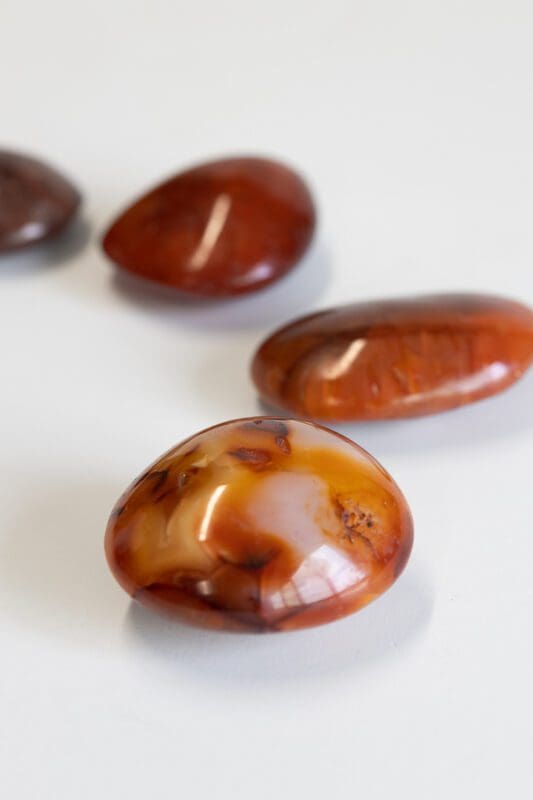Exploring the Beauty and History of Carnelian: A Geologist’s Perspective
Carnelian is a mesmerizing mineral that has been admired for its beautiful orange-red color for centuries. But did you know that it is actually a type of chalcedony, a variety of quartz? In this blog post, we will explore the geology of carnelian and learn about its formation, properties, and uses. From ancient civilizations to modern-day jewelry design, carnelian has played a significant role in human history. Whether you are a geologist or simply have a love for rocks and minerals, this post will provide an in-depth look at the fascinating world of carnelian.
Carnelian is a type of microcrystalline quartz, meaning that it is made up of small, tightly packed crystals. It is formed through the process of silica precipitation, which occurs when silica-rich fluids, such as groundwater, come into contact with a material that can act as a nucleus for crystal growth, such as a fossil or a cavity in a rock. Over time, the silica in the fluids will slowly build up and form a crystal.
Carnelian is often found in conjunction with other types of quartz, such as agate and chalcedony. It is characterized by its unique orange-red color, which is caused by the presence of iron oxide in the mineral. The intensity of the color can vary from pale orange to a deep, fiery red, depending on the amount of iron oxide present. Carnelian is also known for its translucency and the way it appears to glow from within.
Carnelian has a long history of use in jewelry and decorative objects. It was popular in ancient civilizations, particularly in Egypt and Rome, where it was believed to have spiritual and healing properties. In Egyptian culture, carnelian was often used in amulets and other decorative objects, and was believed to provide protection and boost courage. In Rome, carnelian was used in rings and other jewelry, and was believed to have the power to calm the wearer’s passions.
Carnelian continued to be popular in the Middle Ages and the Renaissance, and was often used in intricate, ornate jewelry designs. Today, it is still highly sought after for its beauty and versatility. It is often used in pendants, earrings, and other types of jewelry, and is prized for its ability to complement a wide range of skin tones.
In addition to its use in jewelry, carnelian has also been used for a variety of other purposes throughout history. It has been used as a talisman for protection and good luck, and has been believed to have the ability to improve concentration and memory. It has also been used to treat a variety of ailments, including digestive disorders and fever.
Carnelian is a beautiful and fascinating mineral that has played a significant role in human history. From its formation to its use in jewelry and decorative objects, carnelian has a rich and storied past. Whether you are a geologist or simply have an interest in rocks and minerals, carnelian is sure to captivate and intrigue.

